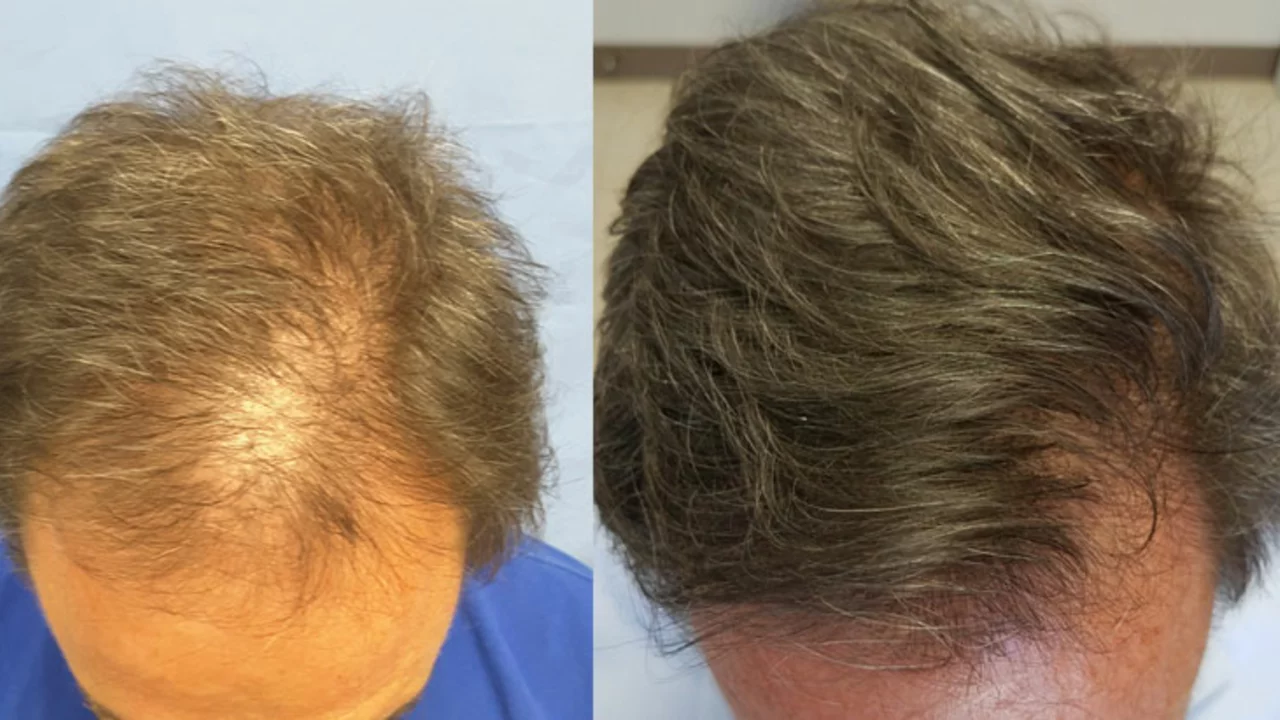Hair maintenance: simple routines for healthier hair
Hair maintenance can feel confusing, but small habits make the biggest difference. You don't need fancy products or expensive salon visits to have healthier hair. Focus on the basics: gentle cleansing, regular trims, scalp care, and smart heat use. Below are practical tips you can use this week.
Daily and weekly routine
Wash hair depending on oil level, not every day by default. Most people find washing two to three times a week keeps hair hydrated and clean. Use a sulfate-free shampoo if your scalp is dry or color-treated. Apply conditioner from mid-length to ends, leave it for a minute, and rinse with cool water to seal the cuticle. Once a week, use a clarifying shampoo if you use a lot of styling products.
Brush gently and choose the right brush. Wide-tooth combs work best on wet hair to avoid breakage. For dry hair, use a natural-bristle brush and start at the ends, working up to the roots. Limit heat styling. When you must use a blow dryer, use the lowest effective heat and keep the tool 15 to 20 cm away. Use a heat protectant spray before any flat iron or curling iron.
Scalp care matters as much as hair care. A healthy scalp supports stronger strands. Massage the scalp with fingertips for five minutes a few times a week to boost blood flow. If you have dandruff or itchy scalp, try a zinc pyrithione or ketoconazole shampoo for a few weeks. For persistent problems, see a dermatologist—long-term flaking or sudden hair loss needs professional review.
Products and treatments that work
Look for simple, proven ingredients: biotin, niacinamide, caffeine, and peptides can support growth when combined with a balanced diet. Minoxidil is the only over-the-counter treatment with strong evidence for stimulating growth in some types of hair loss; follow instructions and expect months before you see a change. Use deep-conditioning masks once every one to two weeks if your hair feels dry or brittle.
Natural oils help with shine and split ends. A light application of argan or jojoba oil on damp ends tames frizz and prevents breakage. Avoid heavy oils on the scalp unless you have very dry skin; they can clog follicles for some people.
Lifestyle tips that matter Hydrate and eat protein every day. Hair is mostly protein, so include eggs, fish, beans, or tofu in meals. Get vitamin D checked if you have unexplained hair thinning. Manage stress—sleep and consistent stress reduction often improve hair strength.
When you notice sudden, patchy, or rapid hair loss, or wide thinning across your scalp, consult your doctor. They can check for thyroid issues, nutritional deficiencies, or autoimmune causes and suggest treatments.
Quick checklist Wash 2–3 times weekly, condition mid-length to ends, reduce heat, scalp massage 5 minutes, trim every 8–12 weeks, eat protein, and see a doctor for sudden loss.
Small changes add up: try one tip this week and stick with it for three months to see real results. Keep it simple and steady. You got this.

How to Maintain Your Hair Health After Stopping Finasteride
In the journey of maintaining hair health after discontinuing Finasteride, it's essential to keep a few things in mind. Firstly, don't forget to maintain a nutrient-rich diet, as hair health is directly related to your overall health. Secondly, using mild, natural shampoos and conditioners can be beneficial. Regular scalp massages and moderate exercise can also contribute to improved hair health. Remember, patience is key as your natural hair cycle may take some time to return to normal.
Read more